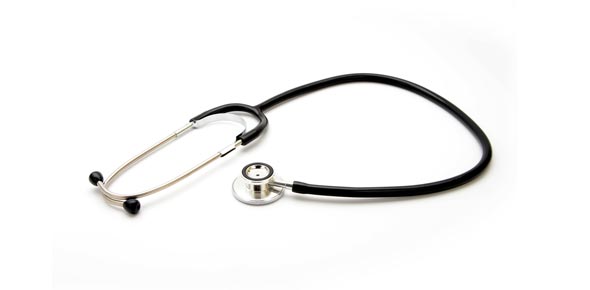Related Flashcards
Cards In This Set
| Front | Back |
|
COD
|
Injury or disease producing physiological derangement in the body that results in the death of the individual (gunshot to head, drowning, drug overdose). any given COD may result in multiple mechanism of death. on death certificate
|
|
Mechanism of death
|
THE actual physiological derangement that is produced by the cause of death the results in death (hemorrhage, arrythmia, ashpyxia, etc). any given mechanism of death may be a result of multiple different CODs
|
|
Manner of death
|
On death certificate. SHAUN. suicide, homicide, accident, undetermined, natural (exclusively of natural causes and no non-natural event contributed- about half of all deaths ME sees)
|
|
Gunshot wounds
|
Contact wound- muzzle in contact with target, burning and unburned powder and gas can enter wound tract- firm contact wound could result in dissection of tissue surrounding wound (stellate). intermediate range wound-no contact but still close enough for gun powder to cause microabrasions (powder stippling). indeterminate range- no features providing info on gun shot range.
|
|
Specimens retained for analysis
|
Blood, urine, vitreous humor, liver tissue, bile or gastric contents (can give ideas of drug levels if blood doesn't show anything).
|
|
Main classes of drugs resulting in death
|
Cocaine, opioids, methamhetamine
|
|
Cocaine
|
Metabolized rapidly to relatively inactive metabolite benzoylecgonine (BE). cocaine can be esterified to cocaethylene (CE) if ethanol is also ingested. BE just tells you cocaine was done (not enough for a COD- not toxic), but CE is as toxic as coke and otentially arrhythmogenic (coke or CE in blood implies that coke OD is very likely). mechanism of OD usually arrhythmia. sympathomimetic- activates sympathetic (think of sympathetic when thinking about toxicity)
|
|
Narcotic analgesics
|
Opiates (actual alkaloid extracts of opium- morphine and codeine) and opioids (any medication binding to the opioid receptor- opiates= opioids). people die due to respiratory depression- they show large pulmonary edema with foam cones often
|
|
Opioids
|
Endogenous (endorphins and enkephalins) and exogenous (semisynthetic (heroin, oxycodone, hydrocodone) or fully synthetic (methadone, fentanyl and propoxyphene)
|
|
Foam cones
|
Frothy fluid discharge mouth and nose. seen in opioid toxicity and head injuries (pulmonary edema due to respiratory depression resulting from neurogenic suppression) and drowning
|
|
Heroin
|
Opioid family. diacetylmorphine. rapidly metabolized to 6-MAM then to morphine. presence of 6-MAM means heroin OD very likely and heroin use was recent. just morphine means you don't know if recent heroin use occurred
|
|
Ethylene glycol
|
Antifreeze. metabolized to oxalic acid and oxylate which crystalize and kill
|
|
Ethanol
|
Toxicity depends on tolerance. often positional asphyxia or similar cause of death when alcohol levels not high enough to explain it. can act synergistically with opioids to cause respiratory depression. liver damage= hepatic steatosis (fatty liver; reversible) or irreversible cirrhosis.
|
|
Vitreous humor
|
Vitreous ethanol level lags ~2 hrs behind BAC. BAC> vitreous humor ethanol = died during absorptive stage. also used in TOD- K+ leaks into vitreous at predictable rate (rises linearly) and [K+] can be compared to standard curve for TOD. also, glucose levels fall to 0 within a couple hours in vitreous, but presence of glucose implies diabetic ketoacidosis as COD (along with acetone)
|
|
CO
|
Binds hemoglobin 200X tighter than O2. irreversible. postmortem levels could be 15% in smokers; 5% in normal people. 50% lethal. results in cherry red lividity
|





